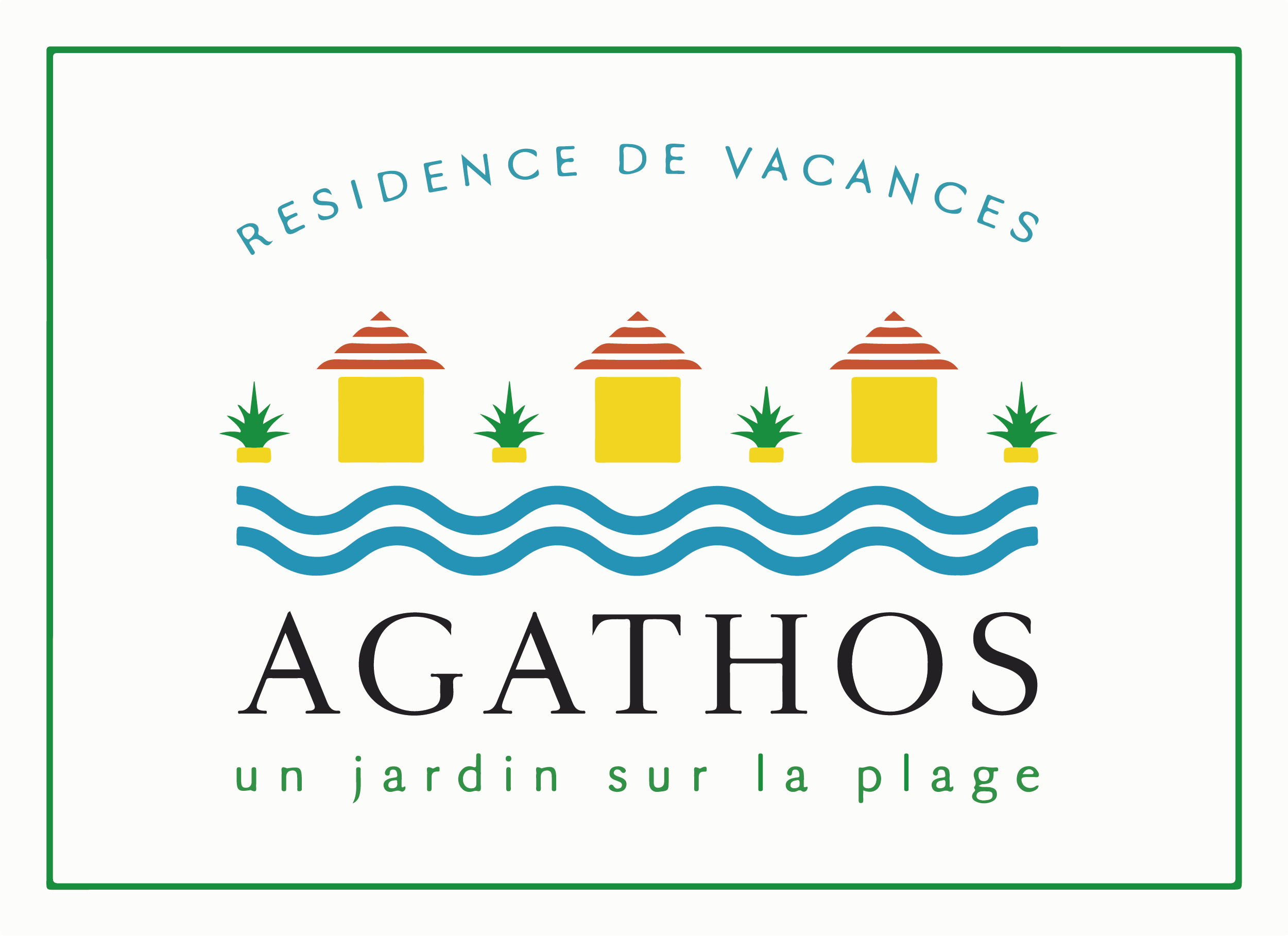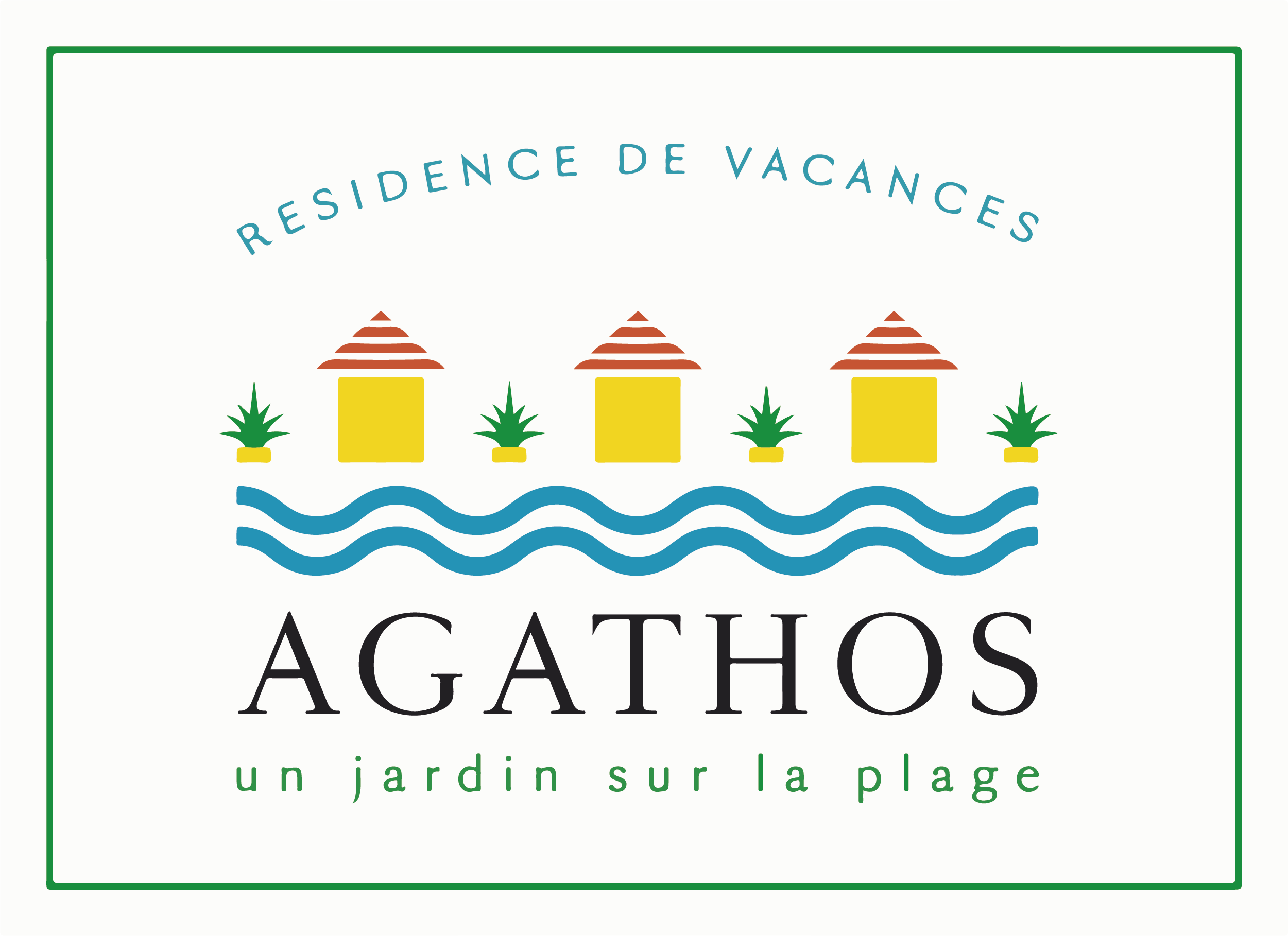History
What are the origins of Agay ?
Agay is a closed harbour, an old volcano in the Esterel massif. This port, one of the best natural anchorages in the Mediterranean, between Ville Franche and Toulon, was already praised by the Greeks who called it “Agathon”, which means good and favourable.
The Romans made it a trading post between the Ligurian tribes, who had left much evidence of this prehistoric life on a junction of the Aurelian road linking Rome to the Narbonne Provençale, then a seigneury, called Agaï in Provençal and Agay in French in the domain of the Comtes de Provence.
In the 13th century, Agay was given to the Bishop of Fréjus.
How it developed Agay ?
A first establishment was created in 1636 around a castle built by order of Richelieu, for the defence of the coasts of Provence, by Jean-Vincent de Roux, to whom the bishops of Fréjus ceded the land. It was destroyed by the German occupation army in May 1944 and only the bases of the former ramparts of the fort at Vauban remained at the end of the beach.
The development of Agay and the creation of the seaside resort was linked to the arrival of the railway in 1864 and the first tourists between two well-known and worldly resorts, Cannes and Saint-Raphaël.
It is then the time of the winter season, tourists come for the climate of the French Riviera, its sunshine, its exceptional luminosity, its mimosas in bloom and the carnivals.
After the First World War, summer tourism, linked to sea bathing, developed and saw the opening of the hotel de La Baumette, one of the most chic on the French Riviera. It is home to all the world’s famous stars and writers.
The Second World War saw the disappearance of part of the village and the castle, but a new tourist boom was given, linked to the quality of the environment and the calm and family life offered by Agay.
Why are we talking about Saint-Exupéry in Agay?
Antoine de Saint-Exupéry, the author of the Little Prince, has always known Agay with the house of his childhood friend Pierre d’Agay, married to his sister Gabrielle.
It was at the Château d’Agay that the great writer-pilot stayed many times with his sister, Gabrielle d’Agay. He married Consuelo Suncin in 1932 and spent his last European Christmas there in 1940. He loved Agay’s lamps, the bouillabaisse, the aïoli and the atmosphere produced by the children, “I fight for peace in Agay.” He wrote before disappearing at sea on June 31, 1944.
A fountain of the Little Prince is located a few steps from the Agathos residence in homage to this immortal book translated into more than 180 languages, a plaque on the lighthouse of La Baumette celebrates the dead aviator for France.
For more information on Antoine de Saint-Exupéry
Agay also welcomed other great writers and painters such as Alphonse Karr, Guy de Maupassant, Jean Aicard, Maurice Donnay, Guillaumin or Valtat.


